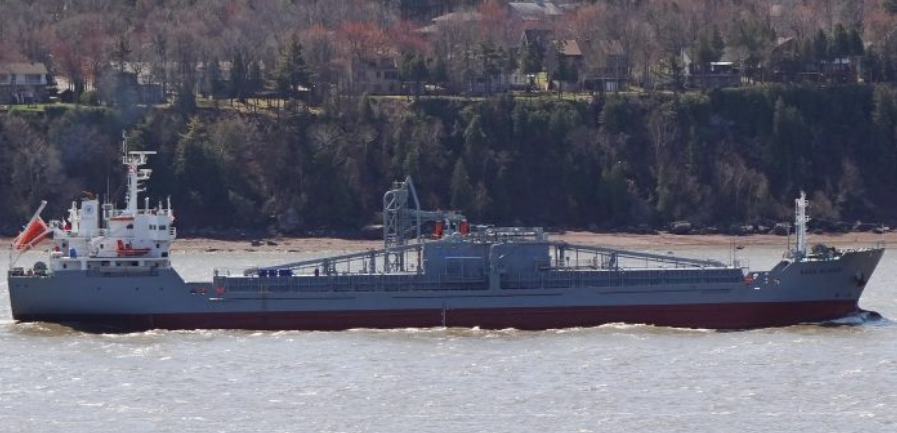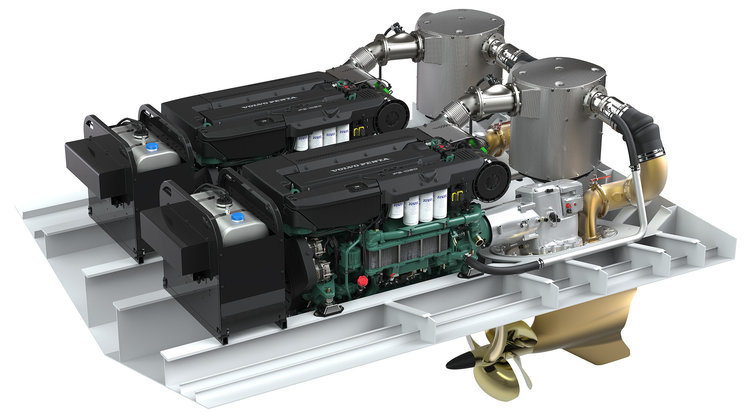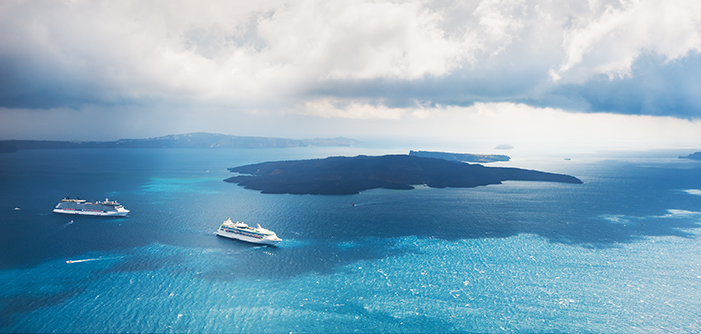The shipping industry is now more than ever facing a pressing need to improve its environmental footprint. The IMO 2020 sulphur cap aims to promote green practices among the industry. However, already established measures have paved the way for a more environmental-friendly shipping. A key example is the IMO NOx Tier III limits. These limits apply to engines installed on or after 1 January 2016, that are operating in Emission Control Areas (ECAs) and establish a strict limit on their emissions.
What are NOx Tier III standards?
NOx standards are divided into three categories:
- NOx Tier I;
- NOx Tier II;
- NOx Tier III.
NOx Tier III standards are in effect in ECAs from January 1st 2016. Currently, these limits apply to the North American and US Caribbean ECAs from 1 January 2016. However, MEPC 71 decided that from 1 January 2021, they will also apply to the Baltic Sea and the North Sea.
The Tier 3 requirements regard all new build vessels (as below table) that are 500 GT and above, with a length of at least 24 metres and sailing within an ECA. These ships must also feature an engine output of 130 kW or more. The legislation also applies to a retrofit project by installing an engine with an output of more than 130 kW. They also apply to vessels built after January 1st of 2016 (for North American and US Caribbean ECAs ) or 2021 (Baltic Sea and the North Sea ECA).

In order to go from the NOx Tier II limits to the NOx Tier III limits, as the MARPOL Annex VI regulation 13 defines, NOx emissions must be cut by about 75%. What is more, NOx Tier III emission standards are 80% less than NOx Tier I.
How to comply with NOx Tier III
Seagoing ships that have diesel engines must be in compliance with IMO MARPOL Annex VI regulation 13 as well as with the NOx Technical Code. In addition, each engines needs to have an Engine International Air Pollution Prevention Certificate (EIAPP). Recognized organizations are providing the EIAPP certificates on behalf of the respective flag.
In a recent guidance, USCG informed that in some cases, instead of meeting MARPOL Annex VI Tier III performance standards, engines covered by this guidance may be certified by the US Environmental Protection Agency as meeting Clean Air Act Tier 3 requirements under 40 CFR part 1042.
Only the following categories of ships and engines will qualify under this Work Instruction:

Engines certified to meet Clean Air Act Tier 3 requirements are available and will be accepted in the short-term. Thus, EPA certification to Clean Air Act Tier 3 standards will be required to qualify under this Work Instruction for US-flagged and foreign-flagged vessels.
In order for a ship to achieve compliance with NOx Tier III, tuning the engine will not be enough. Several technologies, or a combination of them, can be useful when trying to meet these standards. Some indicative technologies are the following:
Selective catalytic reduction (SCR)
This procedure adds a liquid-reductant agent into the exhaust stream of a diesel engine. This agent starts a chemical reaction that turns NOx into nitrogen, water and some amount of CO2, natural components of the air. Then it is expelled through the vehicle tailpipe.
[smlsubform prepend=”GET THE SAFETY4SEA IN YOUR INBOX!” showname=false emailtxt=”” emailholder=”Enter your email address” showsubmit=true submittxt=”Submit” jsthanks=false thankyou=”Thank you for subscribing to our mailing list”]
This technology allows NOx reduction by using ammonia. Through this operation, a NOx reduction of up to 90% can be achieved.
However, this technology comes with some negatives as well. According to DNV GL, SCR is rather investment intensive, while a limited NOx removal at low engine loads has been reported.
Exhaust gas recirculation (EGR)
Exhaust gas recirculation (EGR) is an emission control technology which also enables significant NOx emission reductions from diesel engines.
The EGR reduces NOx by decreasing the oxygen in the combustion chamber, as well as through heat absorption. In order to operate better, a number of changes have been proposed, such as high- and low-pressure loop EGR, along with hybrid systems. EGR can also be used in gasoline engines, with the aim to cut pumping work and increase engine efficiency.
While EGR is mainly used for NOx reduction, it can have other benefits as well. Some of them include:
- Achieving knock resistance;
- Reducing the need for high load fuel enrichment in spark-ignition engines;
- Helping in vaporization of liquid fuels in spark-ignition engines.
Nevertheless, there are some downsides as well. EGR is considered to have limited operational experience, while as SCR, it is investment intensive. In addition, it requires alkali on board and intermittent resupplies.
Alternative fuels
Alternative fuels, such as LNG, can also be a solution to complying with NOx Tier III standards. These fuels are a potentially low OPEX solution, which can benefit owners who pay for fuel directly.
In addition, they can lead to both SOx and NOx compliance. In fact, alternatives fuels could provide an 100% SOx reduction, along with a 85% NOx removal from four-stroke engines.
Furthermore, there is access to a number of fuel markets, while upcoming regulations could support LNG as a viable fuel. Additionally, by using this kind of fuels, a company can promote its corporate social responsibility profile.
Nonetheless, as the other solutions, is not all positive. Namely, LNG fuel tanks are still investment intensive, while LNG bunkering equipment is still under development.
Another important factor that needs to be considered, is the fact that LNG fuel tanks take additional space, which might reduce cargo space.
Examples of NOx Tier III compliance
‘NACC Alicudi’
‘NACC Aluidi’ is the first cement carrier that complies with IMO Tier III compliance. The ship was converted in 2017 and is now a 120m self-discharging cement carrier.
Tier III engines are driving its cement handling system, which is based on compressors and vacuum pumps.
‘NACC Alicudi’ is operating on the east coast of the US and Canada. This is one of the ECAs in which new builts and January 2016 converted vessels must operate with reduced NOx emissions.

First European IMO Tier III tugboat
The first IMO Tier III certified tugboat in Europe is about to be constructed. The tugboat will be powered with Cat 3516E 2525bkW engines, and Cat C7.1 118ekW generators with Selective Catalytic Reactor (SCR) systems to comply with IMO Tier III certification requirements.
Volvo Penta
Volvo Penta has a new engine to comply with IMO Tier III standards. The engine will be using selective catalytic reduction (SCR) technology, which aims to operate efficiently during heavy-duty marine operations.






























































Re Superyachts,, Will all Yachts pre these regulations need to be gutted and converted to meet teir 3 regs? If they dont does this send them to them to the scrap yard as they have basically become illegal floating dinasors? This also must have a impact on the sale market of today’s yachts